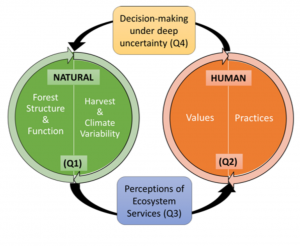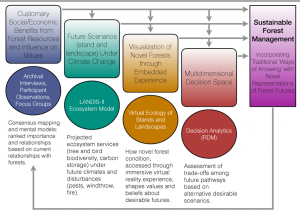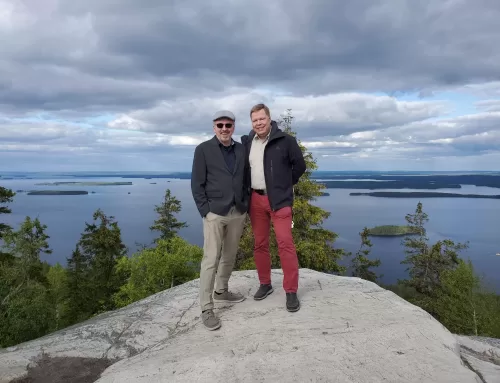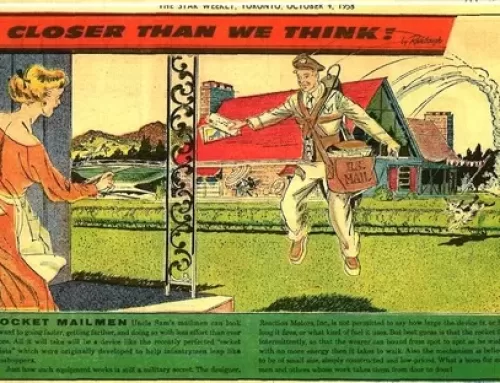When it comes to forest futures, perhaps the uncertainty relative to climate change is better understood by a new approach that “links human values, projections and visualization to decision-making” for sustainably managing forests. VIsualizing Forest Futures (VIFF) is an interdisciplinary research project conducted by Pennsylvania State University and funded in part by the NSF, which seeks to examine the impacts of human values on people’s thoughts towards natural systems and how the choice between alternative decisions influences trade-offs in practices with respect to forest resources and sustainability. Focusing on two overarching themes, the importance of human feedback processes and the importance of value systems as well as more traditional human practices that extend beyond knowledge systems alone, the VIFF project combines traditional knowledge (TK) from indigenous cultures with “cutting-edge modeling and visualization techniques“, which includes experiences created within the realm of immersive virtual reality (iVR).
Four questions guide the VIFF project, based in north-central Wisconsin among the Menominee Nation, an indigenous tribal group:
- How are landscape patterns of forest disturbances and ecosystem services (e.g., biodiversity and carbon storage) shaped by variability in future climate conditions?
- What are the human values and customary practices that influence preferences in sustainable forest structure and function and how do they differ among members of the community?
- How do climate-drive changes in forest species composition, productivity and disturbance dynamics influence human perceptions of forest condition?
- How do changes in forest management influence future landscape structure and function?
The hope is that scenario analyses consisting of the four interacting facets of “social/economic values, climate change science, visualization and decision-making” (as depicted in the diagram below) will provide greater understanding as to preferences of indigenous tribal communities in sustainably managing future forest conditions.
One question concerning this project is whether iVR experiences can in fact heighten “emotive and cognitive perceptions of environmental changes” such that they shape human values, as reflected by robust decision-making for sustainable forest futures. Another question is whether there is greater application of this research and its outcomes to non-indigenous or tribal communities. — Kimberly Daniles
(images source: https://sites.google.com/a/pdx.edu/visualizing-forest-futures/research)



